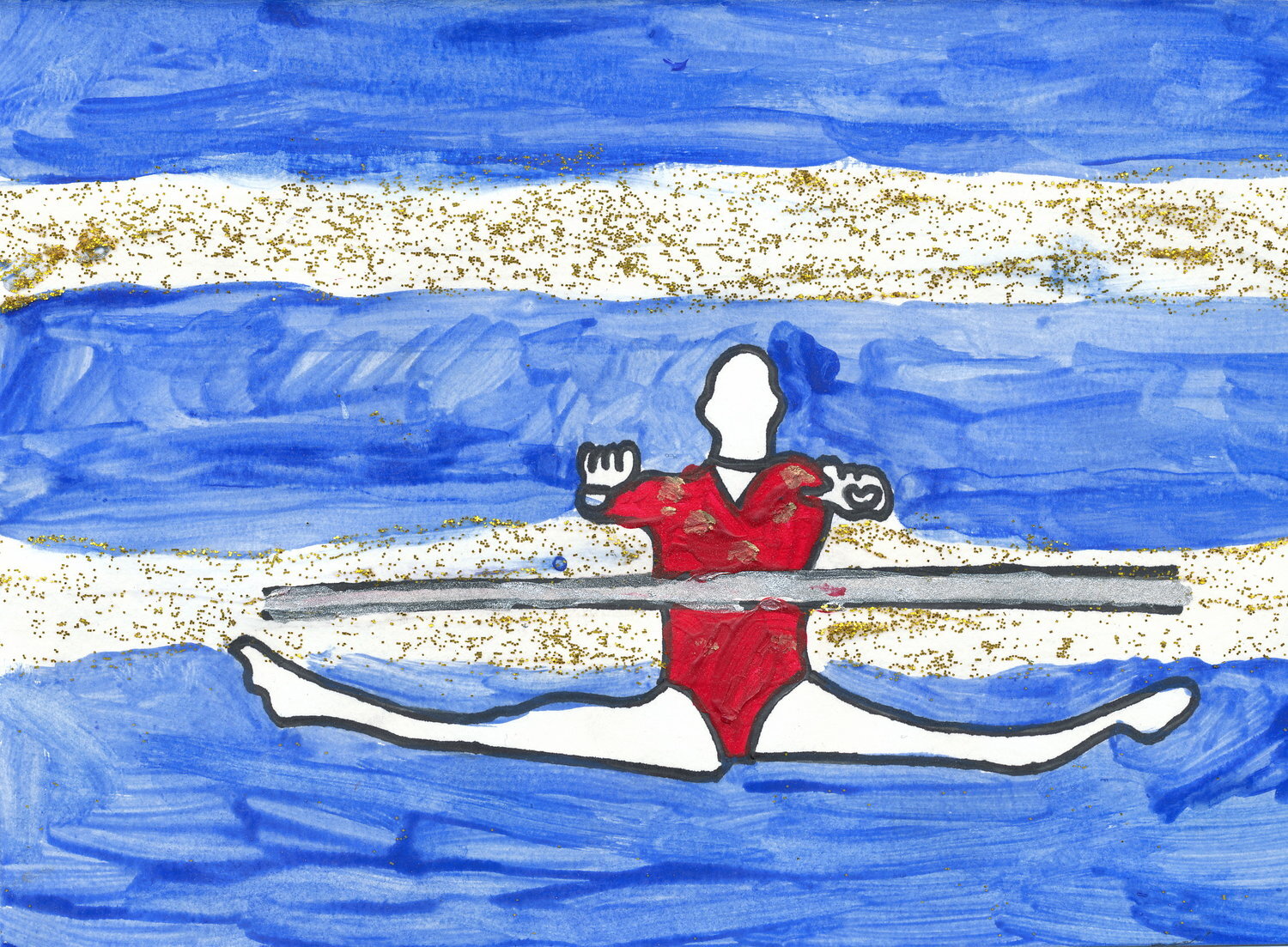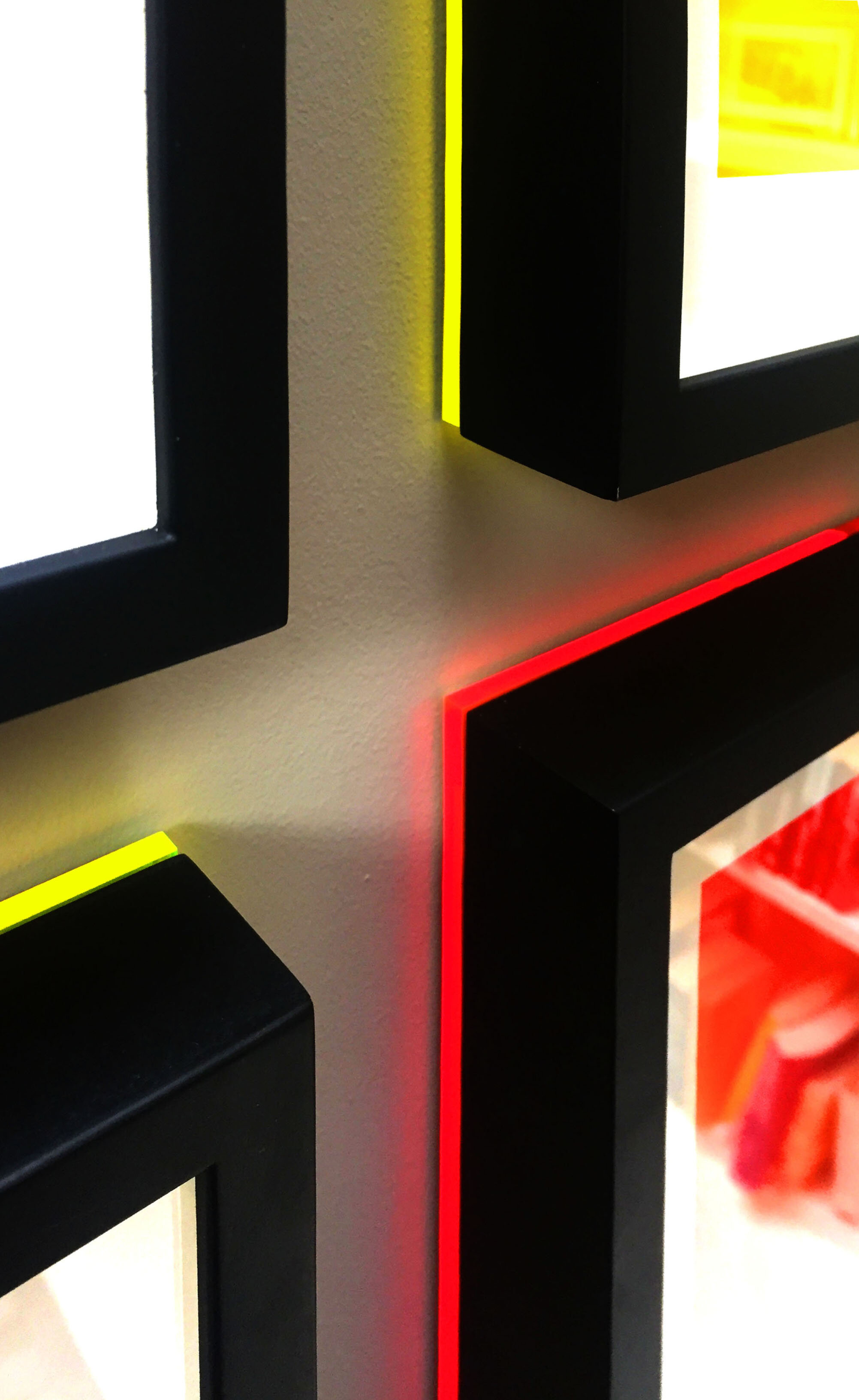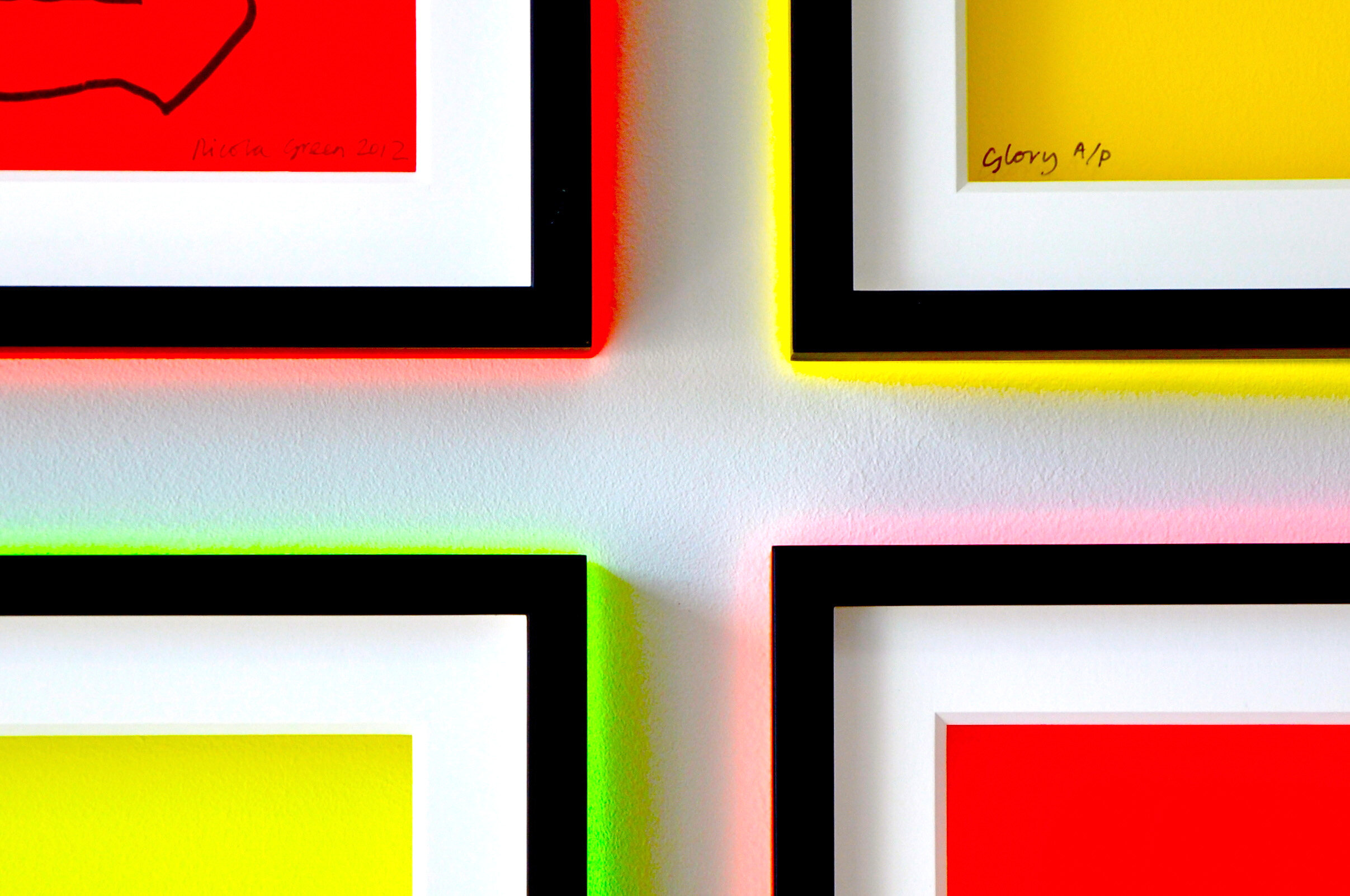As we celebrate the opening of the Olympic Games in Tokyo, I’m reflecting on my own Olympic Portrait. Back in 2012, I was delighted to be commissioned by Haringey Council and the Cultural Olympiad to create a series of portraits in celebration of the Olympic Games in London.
The Olympic bid, championed by Lord Sebastian Coe, was won on the ideal of a modern vibrant London. As one of the most ethnically diverse cities in the world, with over three hundred languages spoken and 40% of the population identifying as BAME, the Olympics were heralded as a celebration of the unique multiculturalism of London. As a truly global event, watched by millions, the Olympic Games were an exciting moment to redefine the worldwide understanding and perception of “Britishness” and an opportunity to celebrate the blending of traditional heritage with other cultures in the construction of British identity.
Another important aspect was the hugely ambitious plans to regenerate the East End - one of London’s most deprived areas. This was intertwined with a pledge to inspire young people through sport and cultural activities. The bid really was won on the promise that disaffected or disengaged young people would feel involved. The Games would be an opportunity to inspire children around the world to succeed, in a way that left a lasting legacy.
With all of this in mind, I was asked by the Cultural Olympiad and Haringey Council to create an artwork that would champion diversity, celebrate local and national cultural life and encourage collaboration with the creative energy of children, young people and communities.
I visited some of the most disadvantaged schools in the area surrounding the Olympic Park and ran workshops focused on how the Olympics and the achievements of Olympians inspired them. I developed chidlren’s drawings into dynamic representations of athletes, illustrating the power of the Games to inspire a new generation. Whilst I created the final works, they really were inspired by the ideas and imaginings of the children.
It was vital that the children felt empowered to see themselves in these roles. The final works really are a reflection of what the children themselves felt inspired them the most, and most importantly they are images that enabled them to see themselves as champions or heroes.
I also researched the power and impact of the Olympic legacy, in particular, the symbolism of the Olympic torch and its never-ending light. I wanted to create an artwork that would also serve as a sustainable light source. The final images are encased in bespoke Quasar Frames* which emit a remarkable light that symbolises the never-ending light of the Olympic torch.
The extent to which the London Olympics really upheld the ideas of a multicultural utopia or fulfilled its promises to young people is up for debate. Sadly, this year's Games in Tokyo have also been rife with controversy, particularly surrounding the treatment of black female athletes. Britain’s first black female swimmer at Olympics - Alice Dearing - recently discussed the cultural and institutional racism which has unfortunately seeped into the swimming community (Recent figures from Sport England show that 95% of black adults and 80% of black children in England do not swim at all ). This is compounded by policies such as the banning of soul-caps, swimming caps designed for natural black hair.
Perhaps, the Olympics is failing to keep up with evolving cultural attitudes. The controversy regarding Sha’Carri Richardson and the banning of two Namibian women- Christine Mboma and Beatrice Masilingi -from running in various races because of their "natural high testosterone level" are two more instances of “the deep racism and sexism rooted in the Olympics”.
The Games are deeply political, and the podium is an opportunity for athletes to spread a message that will be seen around the world. Tommie Smith and John Carlos’s black power salute at the 1968 Olympic Games in Mexico City was an iconic moment (I discussed the power of the raised fist in another blog post, which you can read here). Team GB sprinter, Dina Asher-Smith, recently argued that podium protests at the games are a ‘fundamental right’.
With this in mind, I think the Olympic project is still particularly pertinent nearly a decade later. Looking at this work is timely and important, perhaps more important now than it was at the time I made it. There is still clearly a problem with racism in sport, but I think as a society, we are ready to have tough conversations. We have made some progress but we still have such a long way to go.
*I am the sole inventor, producer and supplier of Quasar Frames and they are available exclusively to my clients. I developed an innovative use of Perspex, which gathers and refracts light, creating a beautiful, ambient glow from the frame’s edge. The result is a dramatic statement which can transform a space, creating a striking focal point. For more information on Quasar Frames please see below or visit my Legacy Works page.



















